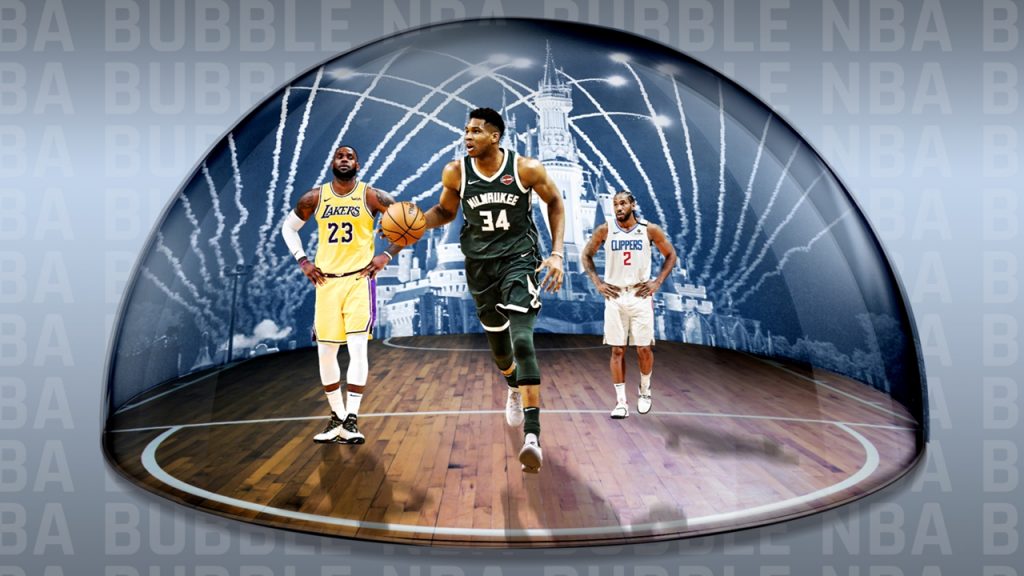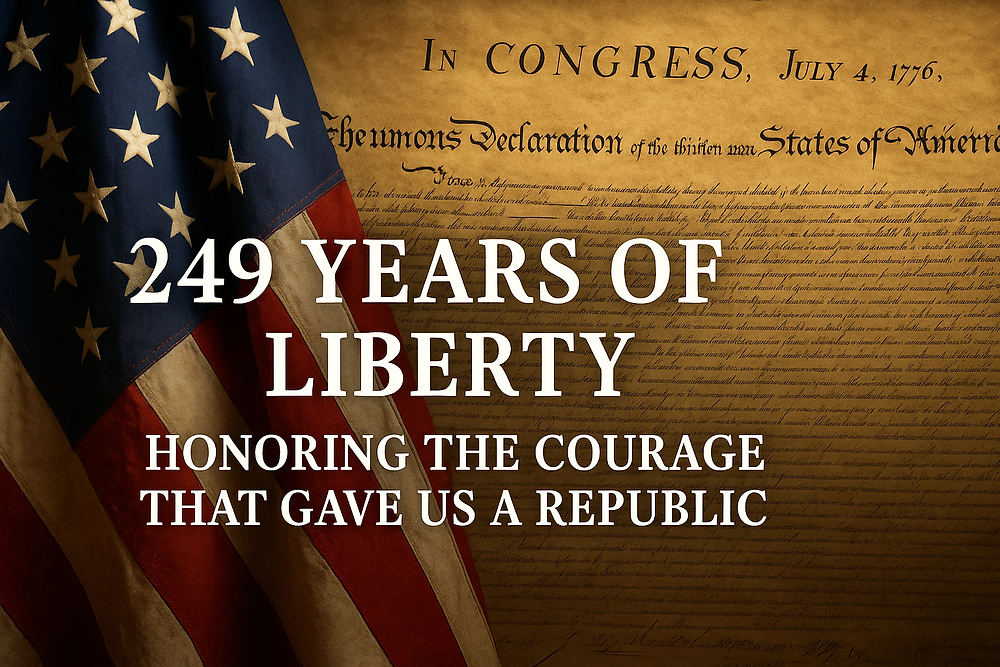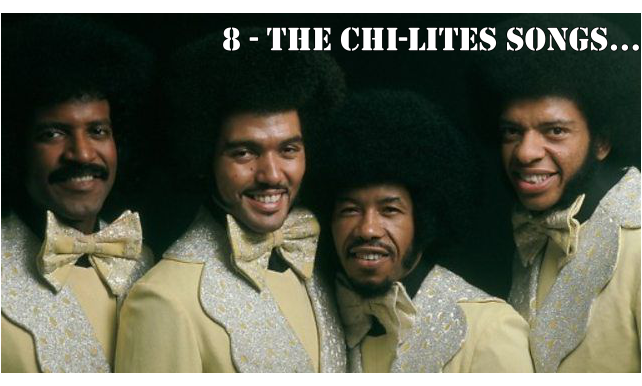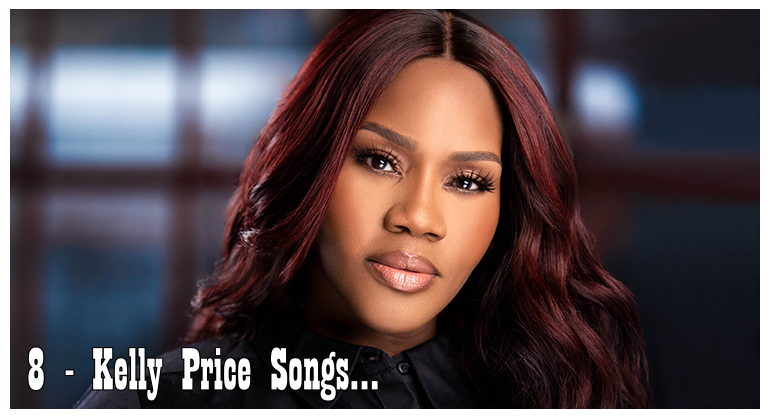(ThyBlackMan.com) America is failing the coronavirus test. This global pandemic has been devastating throughout the world and in the U.S., the cases are rising in recent weeks despite Americans having months to practice and implement safety measures including masking and social distancing. Ironically, the world of sports showed how a safety “bubble” could work with the 2019-20 NBA season concluding last month after restarting in at Walt Disney World’s ESPN Wide World of Sports Complex in Orlando. Incredibly, no NBA player or coach contracted coronavirus in Orlando, which is a stark contrast to Major League Baseball and the National Football League during 2020 as both leagues had some teams deal with outbreaks at various points.
It was an impressive success that for about four months during the NBA restart that COVID-19 was not the problem as even NBA players who left the bubble were under intense scrutiny as the Clippers’ Lou Williams found out. Because of the success of the NBA’s bubble in Orlando, it raises questions if it can be translated on a much larger scale by towns, cities, or even U.S. states.
The NBA’s protocols while in Orlando were strong and detailed. There was expensive and aggressive coronavirus testing, detailed health protocols, and strict punishments for players who broke those protocols, the NBA found a way to effectively eliminate the threat of the virus from derailing the entire season. It took a collaboration from a lot of different groups, including NBA teams, players, broadcast partners, referees, media, support staff and Disney employees, to pull off the success of the NBA restart. The idea of the “bubble” in Orlando did not appeal to NBA commissioner Adam Silver at first as he said, “When the idea was first broached, it didn’t sound logistically realistic”. He was also concerned about the housing and creating an adequate living environment. National Basketball Players Association executive director Michele Roberts was going to be hard to convince as well but eventually agreed and even participated in staying in the bubble.

It is important to note that the reported cost to operate the bubble at Walt Disney World in Orlando, was around $180 million. However, the investment to create the bubble allowed the league to stop the loss of $1.5 billion in projected revenue if the NBA season did not restart. The economics of losing money short-term by locking things down, enforcing masks and constantly testing can mitigate the current situation America finds itself in with our healthcare system being stretched to its limits. It might be a matter of time when many cities and states will have be on lockdown soon because the spread of the coronavirus has hit so many areas.
For the NBA, its players and employees there were many motivations to finishing the 2019-20 season in a bubble for about four months, which mainly meant money and the goals of team accomplishment to make the playoffs and pursue a NBA championship. For Americans, the goal of curbing the spread of coronavirus due to its effect on the health of people and saving lives should be the top goal. It is also impressive that the NBA finished their restart even when the issue of social injustice took precedence after some high-profile cases of police brutality against Black people. The government can take some lessons from the NBA’s bubble success and the success of China, whose economy is having a ton of relative success during the pandemic compared to other global powers.
A major part of China’s success against COVID-19 is “several measures, including stringent lockdown and population tracking policies intended to contain the virus. The government also set aside hundreds of billions of dollars for major infrastructure projects, and offered cash incentives to stimulate spending among its populace.” America can also clearly can find the money when necessary to attack this coronavirus problem as when both Republicans and Democrats passed a $740 billion military spending package back in July 2020 in the middle of a nationwide pandemic.
Staff Writer; Mark Hines

















Leave a Reply